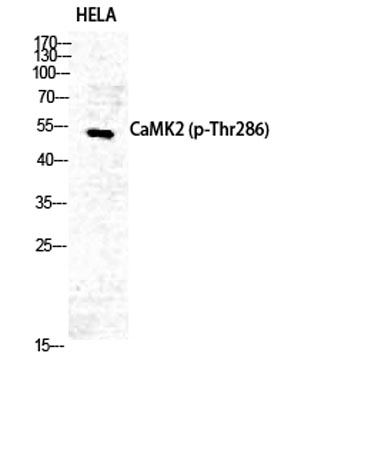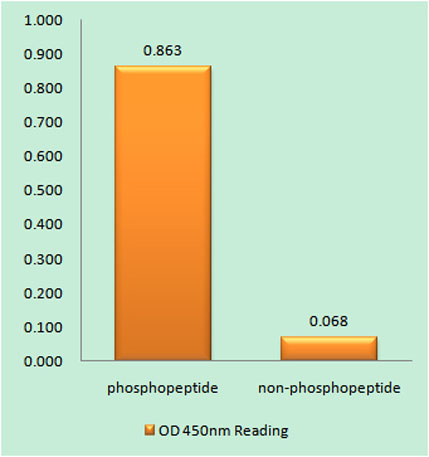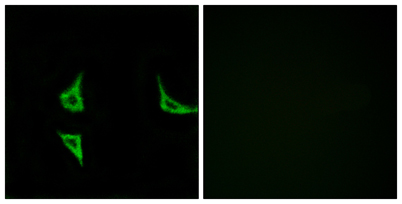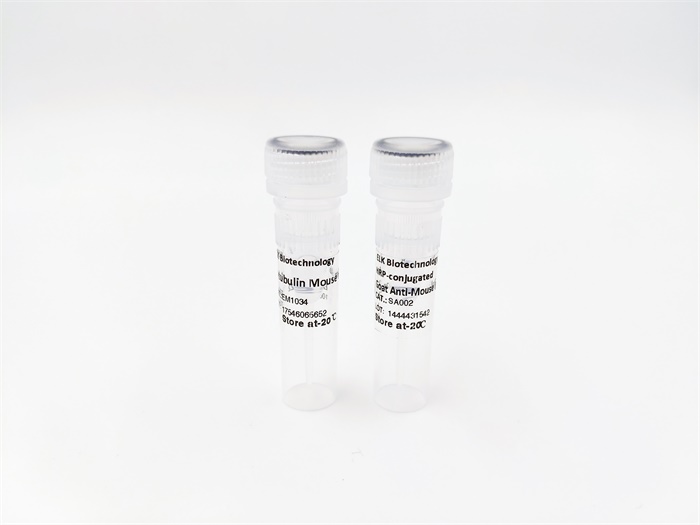

產(chǎn)品中心


Overview 文獻
-
 Western Blot analysis of HELA cells using Phospho-CaMKIIα/δ (T286) Polyclonal Antibody diluted at 1:500
Western Blot analysis of HELA cells using Phospho-CaMKIIα/δ (T286) Polyclonal Antibody diluted at 1:500 -
 Enzyme-Linked Immunosorbent Assay (Phospho-ELISA) for Immunogen Phosphopeptide (Phospho-left) and Non-Phosphopeptide (Phospho-right), using CaMK2 (Phospho-Thr286) Antibody
Enzyme-Linked Immunosorbent Assay (Phospho-ELISA) for Immunogen Phosphopeptide (Phospho-left) and Non-Phosphopeptide (Phospho-right), using CaMK2 (Phospho-Thr286) Antibody -
 Immunofluorescence analysis of COS7 cells, using CaMK2 (Phospho-Thr286) Antibody. The picture on the right is blocked with the phospho peptide.
Immunofluorescence analysis of COS7 cells, using CaMK2 (Phospho-Thr286) Antibody. The picture on the right is blocked with the phospho peptide. -
 Immunohistochemistry analysis of paraffin-embedded human brain, using CaMK2 (Phospho-Thr286) Antibody. The picture on the right is blocked with the phospho peptide.
Immunohistochemistry analysis of paraffin-embedded human brain, using CaMK2 (Phospho-Thr286) Antibody. The picture on the right is blocked with the phospho peptide.
關(guān)閉
在線咨詢
Online consultation
-
在線咨詢
-
技術(shù)支持

關(guān)注微信公眾號


 下載說明 ①
下載說明 ①



